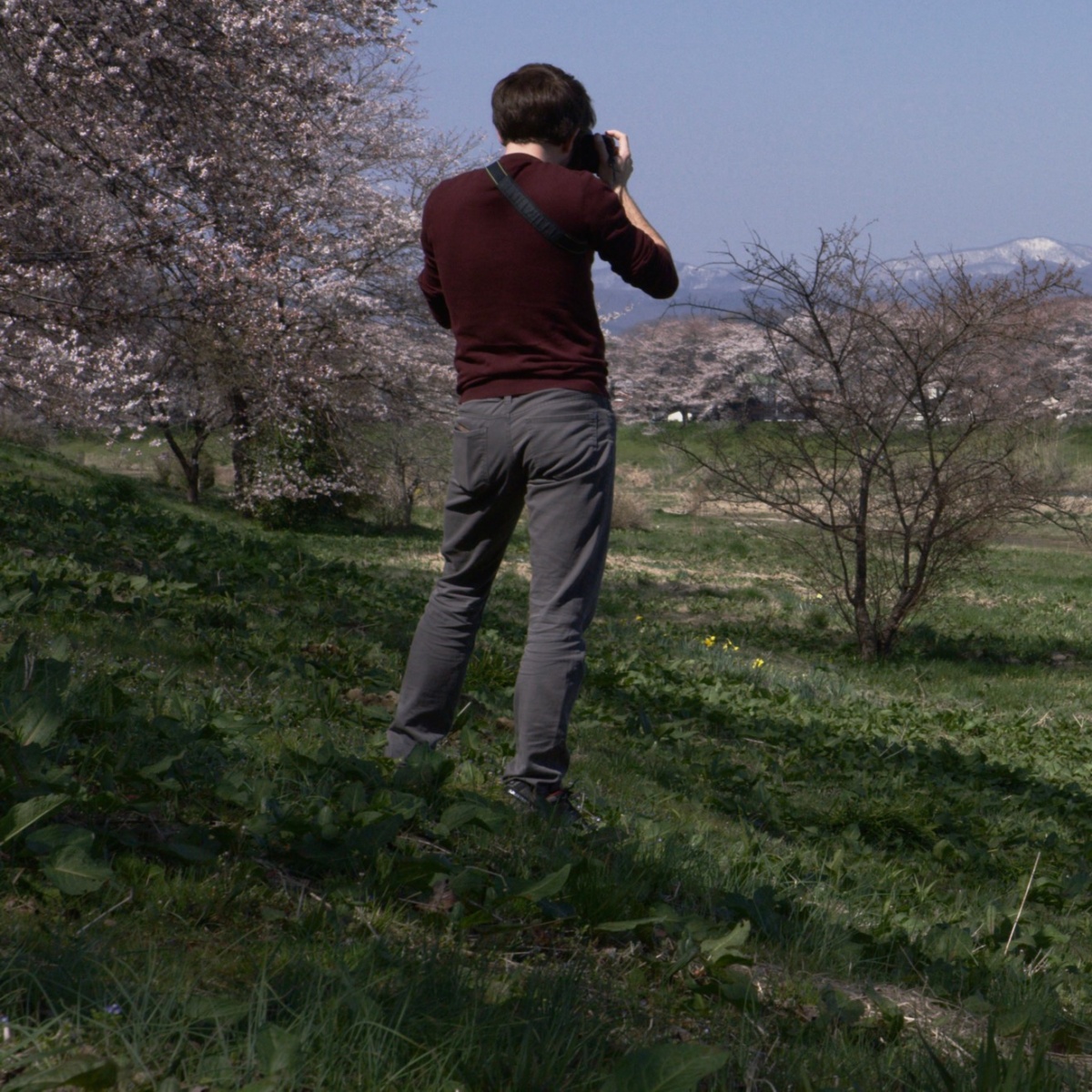Traditions in Tokushima
Tokushima Prefecture lies in northeastern Shikoku, the smallest of Japan’s four main islands. Although I’ve had the privilege to visit Tokushima before, it was only for a single day. So, naturally, when I was given the opportunity to get a deeper look at the culture, history and scenery, I jumped at the chance—and I was not disappointed!
By Nicholas Rich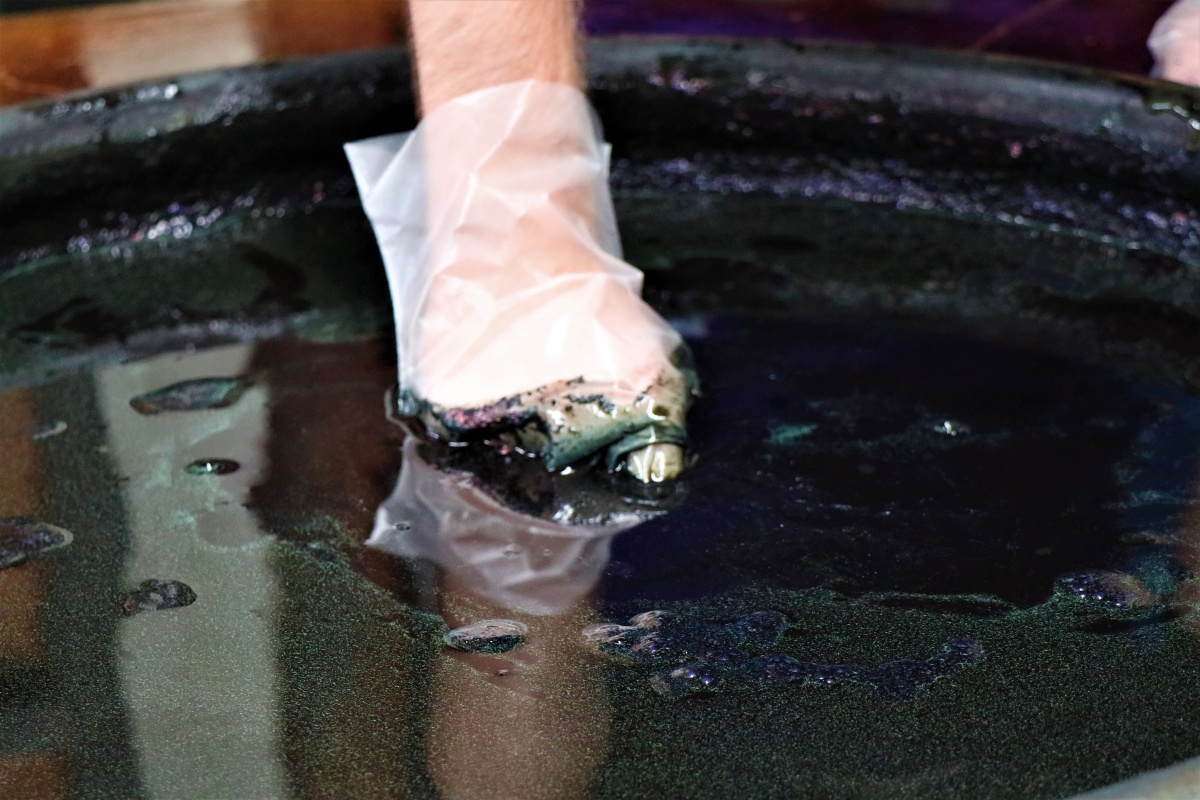
The indigo has an almost unbelievable depth of color and is actually living and warm to the touch, due to the fermentation process it undergoes.
I’ve admitted time and again how hopelessly inept I am, artistically speaking. But thanks to the thorough (and patient) tutelage of the kind indigo workers, even I was able to create a beautiful design. I felt humbled to take even a small part of such an integral piece of culture home with me and I look forward to proudly displaying it on my wall!
Dancing Queen
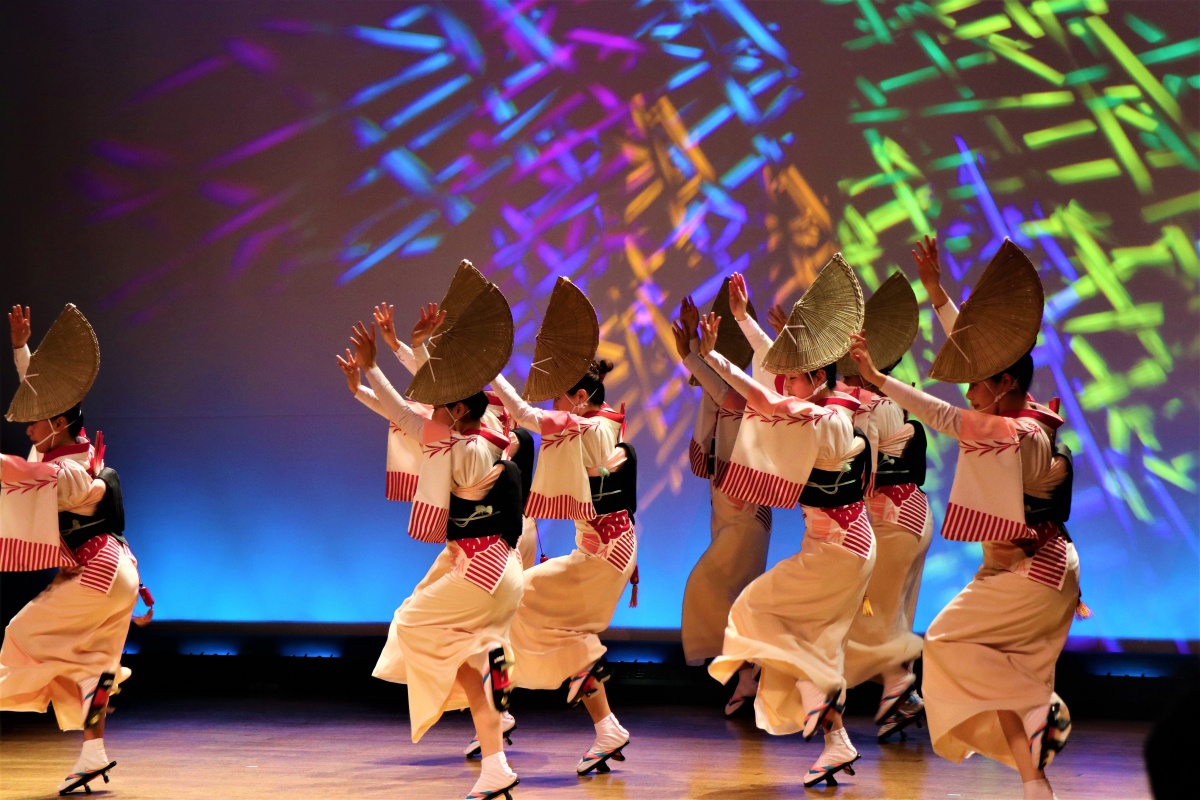
Obon is a festival to honor the spirits of deceased relatives, and one of the biggest summer holidays in Japan. Regardless of the region in which festivities are held, dancing is a key feature of the celebration, and many areas boast their unique takes on the time-honored tradition. But none of them can hold a candle to the Awa Odori.
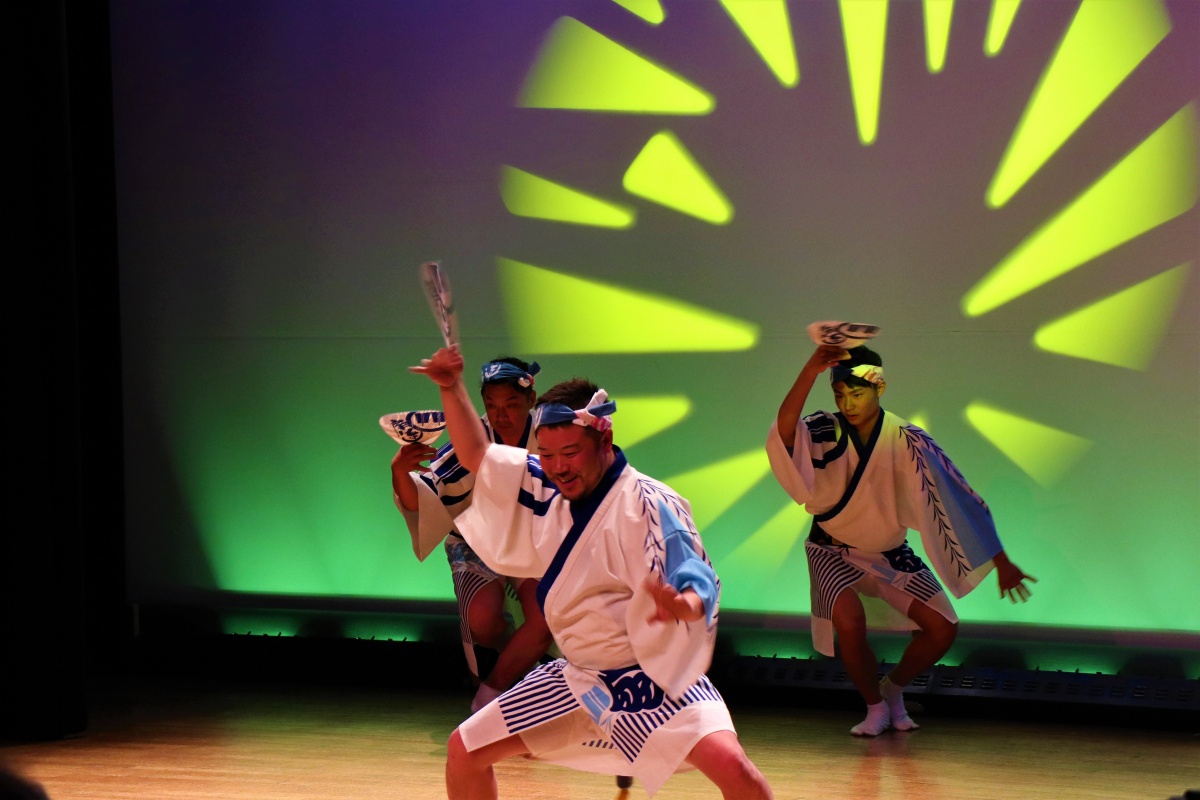
Awa Odori is Tokushima's variation of the traditional Obon dance, filled with exuberance and energy, and is the biggest draw for tourists in the summer. I actually was one of those tourists and visited Tokushima during Obon several years ago. I really enjoyed the festive atmosphere, but I was new to Japan and didn't understand the cultural significance of the festival, let alone the moves of the dance in which almost everyone was participating.
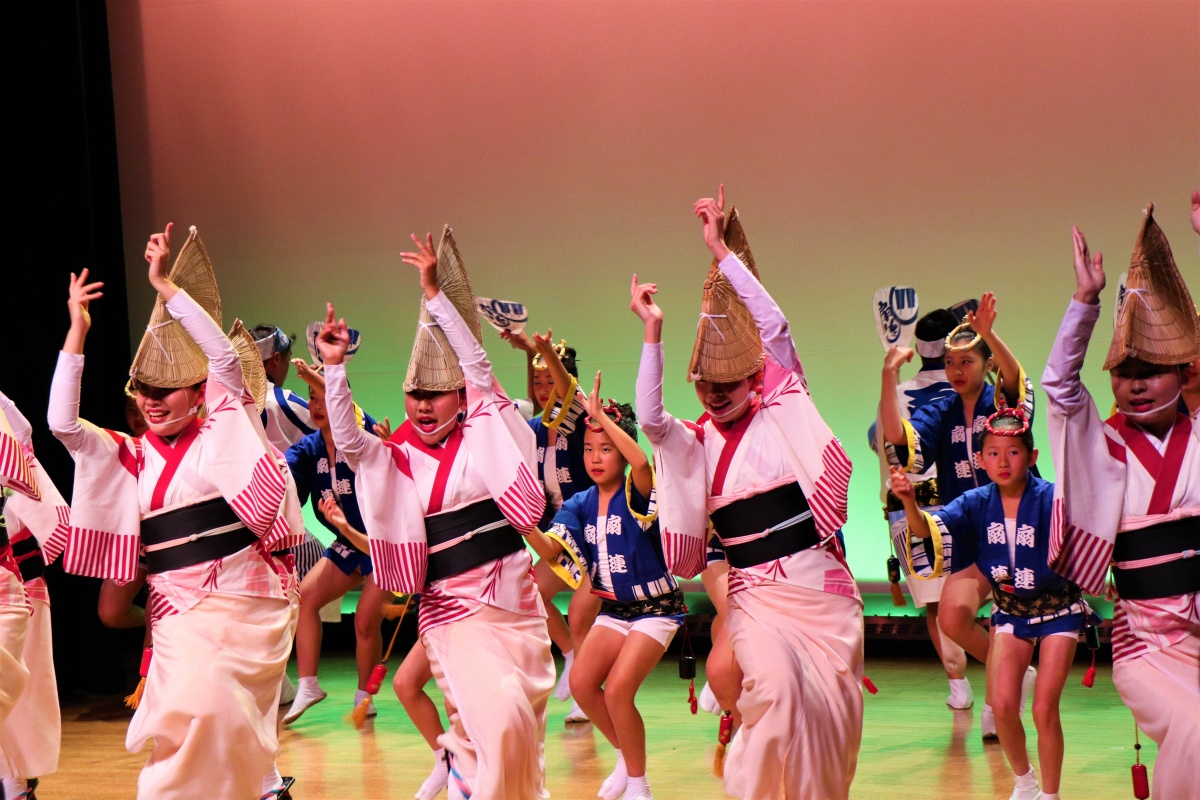
I was able to remedy that with a visit to the Awa Odori Kaikan in Tokushima City. Troupes from around the city practice throughout the year and audiences can watch them perform on weekends. It's clear how much time and energy the dancers put into perfecting the choreography, which is all the more impressive considering the range of ages of the participants.
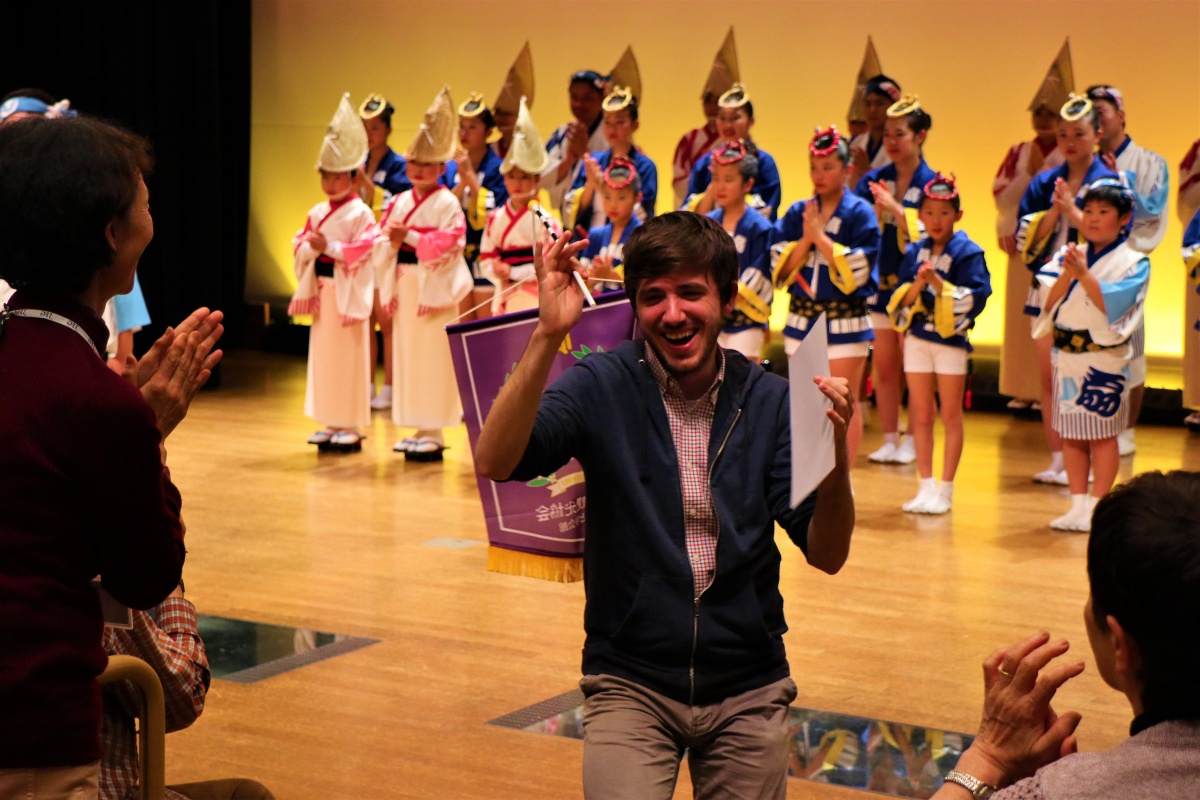
After the performance, the troupe leader broke down the choreography step by step and invited the audience to join in. Despite my reservations and utter lack of moves, it was wonderful to take part in something with such cultural importance to the community. Although I'm sure I didn't deserve it, I somehow managed to snag a prize for participation! Maybe I’ve got the music in me after all...
I really hope I can come back during Obon again, now that I understand the true meaning and scope of what it means to Tokushima City and the prefecture as a whole.
And that’s just the tip of the iceberg! For more wonderful ways to brush up against hundreds of years of history, start planning your trip to Tokushima today.




